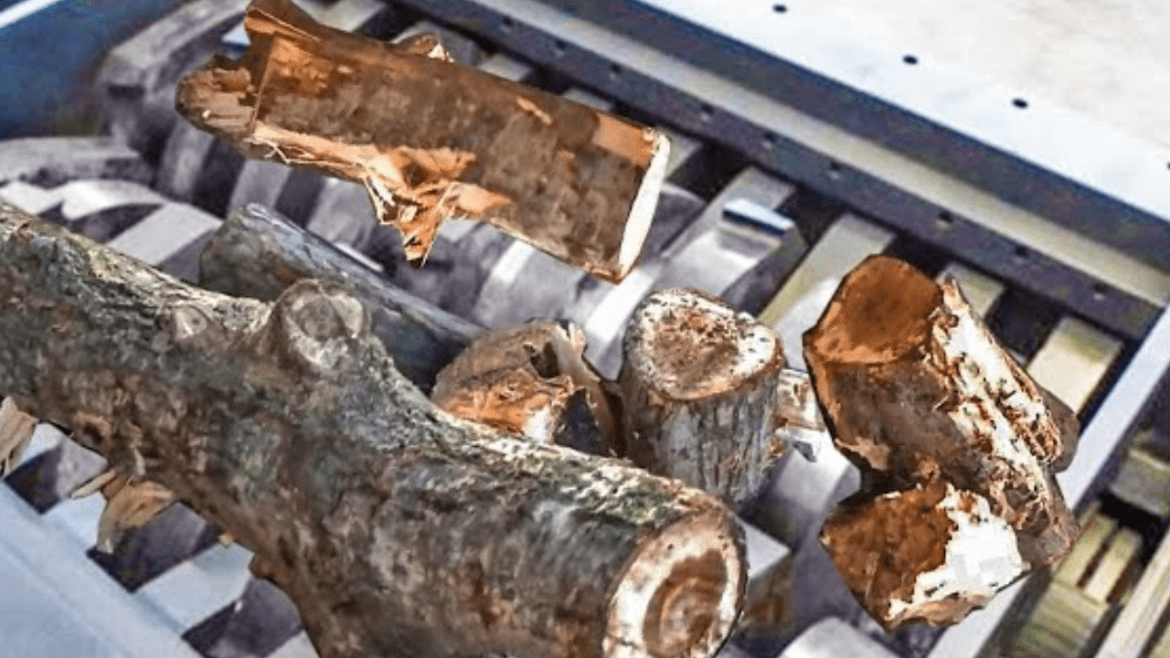Mulcher teeth, otherwise called mulcher bits or mulcher sharp edges, are fundamental parts of ranger service and land clearing hardware known as mulchers or brush cutters. These teeth are commonly produced using solidified steel or carbide material to endure the rough idea of mulching assignments. Their essential capability is to crush and shred vegetation like trees, branches, bushes, and brush into more modest pieces.
There are a variety of sizes and shapes of mulcher teeth, such as flail, hammer, and knife teeth, each of which is made for a different kind of mulching. Jyfmachinary has a large collection of mulcher teeth for sale for more info visit their website. They attach to the mulcher’s rotor or drum, and cut through vegetation effectively, allowing for efficient land clearing and vegetation management.
Role of Mulcher Teeth in Mulch Creation
Mulcher teeth play an important function in the creation of mulch through several key features:
Cutting and Shredding
Mulcher teeth are liable for slicing and shredding natural matter along with plants, branches, and debris. As the mulching equipment operates, the teeth rotate at excessive speeds, successfully chopping the material into smaller portions. This shredding action increases the floor region of the organic remember, selling faster decomposition and facilitating the introduction of finely textured mulch.
Size Reduction
Mulcher teeth play a crucial role in lowering the dimensions of organic matter, breaking it down into smaller, practicable fragments. This length discount is crucial for growing uniform and finely textured mulch, in particular from woody particles and massive plants. By increasing the surface area of the material, mulcher teeth boost decomposition, releasing nutrients into the soil more rapidly. Smaller particle sizes additionally enhance the insurance and effectiveness of the mulch in weed suppression and moisture retention.
Acceleration of Decomposition
The shredding movement of mulcher teeth speeds up the decomposition method of natural count numbers. By increasing the surface region exposed to microbial activity, smaller mulch particles decompose more swiftly. This outcome inside the release of vitamins into the soil, enriching its fertility and promoting healthy plant growth. Moreover, faster decomposition allows to replenishment of soil naturally, improving soil structure and moisture retention.
Uniformity and Consistency
Mulcher teeth contribute to the uniformity and consistency of the mulch produced. Well-designed teeth make sure that the material is shredded evenly, resulting in mulch with steady particle length and texture. This uniformity now not only enhances the advent of the mulch but additionally improves its effectiveness in weed suppression, moisture retention, and temperature moderation.
Impact on Mulch Quality
The quality of mulch produced is at once motivated using the design and situation of the mulcher teeth. Properly functioning teeth ensure uniform particle size and thorough shredding, resulting in extremely good mulch that is freed from large chunks and particles. Additionally, sharp teeth decrease the danger of infection through overseas objects, including rocks or metal, which could compromise the integrity of the mulch and pose safety hazards.
Cutting Efficiency
The efficiency of mulching in large part relies upon the cutting efficiency of the mulcher teeth. Sharp, properly-maintained teeth and smooth clean cuts, no longer enhance the quality of the mulch but additionally limit electricity consumption and put on at the system. Dull or broken teeth, then again, can result in jagged cuts and choppy mulch, lowering its effectiveness and potentially causing operational problems.
Summary
Mulcher teeth are fundamental in the mulch creation procedure, facilitating slicing, shredding, and size discount of natural remember. Their role in accelerating decomposition, ensuring uniformity, and adapting to numerous materials underscores their significance. Effecting mulching complements soil fertility, promotes plant boom, and contributes to environmental sustainability.
